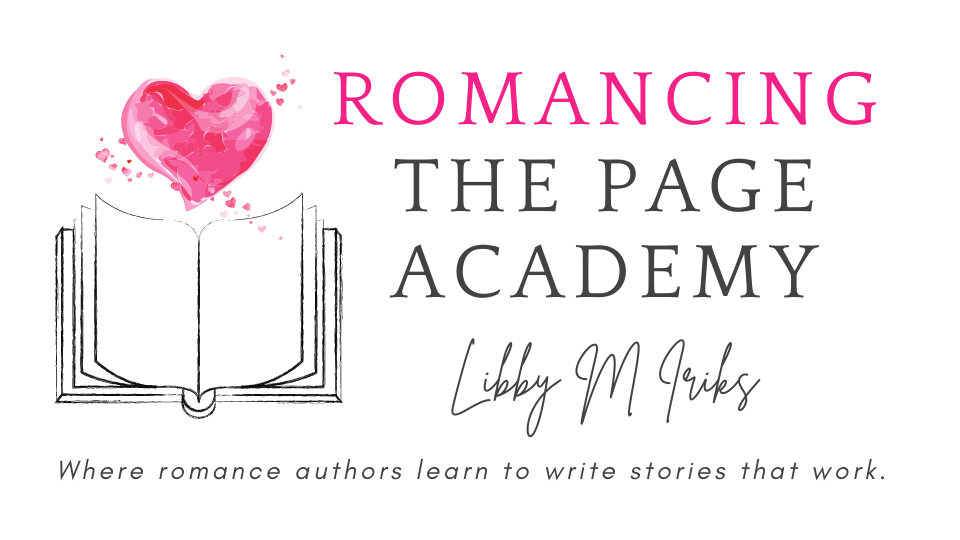What is conflict?
We touched on conflict briefly in Step 7; now we’re going to look at it in a little more detail so you can determine how it will affect the romance between your characters.
Let’s first discuss what conflict is not.
❤ Conflict is not fighting. Nor is it arguing, car chases or exploding bombs. It’s not an evil villain intent on destroying the protagonist.
❤ Conflict is not tension. Banter, attraction, eavesdropping on a conversation might create tension, but those situations don’t necessarily create conflict.
❤ Conflict is not the obstacles in a story. The things we put in the way of the protagonist reaching their goals are sometimes just that — obstacles. Obstacles, however, create conflict.
In order to understand conflict, it’s important to know who — or what — is causing the obstacles in your story. Obstacles arise from antagonistic sources, such as:
- The Villain: These characters will be intent on keeping the protagonist from achieving their goals. They will be motivated by money, revenge, power or supremacy — and they’ll stop at nothing to get it. Remember, though, nobody is all good or all bad. The key to writing an authentic, interesting villain is to give them a hint of goodness and a touch of humanity.
- The Opposition: These characters are not seen as good or evil. They’re not out to get the protagonist just for the sake of it; rather, their goals oppose those of the protagonist. The steps they take to achieve their goals will counteract the progress the protagonist makes in achieving theirs.
- A Presence: This kind of antagonist doesn’t take a physical form. Instead, it’s a superior or dominating force — the government, society, nature or supernatural elements — that gets in the way of the protagonist achieving their goals.
- Internal Characteristics: Sometimes we are our own worst enemies, which means the protagonist can also be an antagonist. Their mental struggles, emotions, personality traits, etc., can pose very real obstacles that keep them from achieving their goals.
So, now that we understand obstacles and where they come from, what is conflict?
Conflict arises when overcoming an obstacle presents a challenge for the character.
Sometimes those challenges can be physical (external conflict arising from external sources [villain, opposition, or presence]) and sometimes they can be emotional/mental (internal conflict arising from the internal characteristics of the protagonist).
Note that if your character can overcome an obstacle easily or with minimal fuss (for example, by having a conversation), then there is no conflict arising from those obstacles. The physical and emotional struggles and difficulties your characters experience is where the conflict in your story lies.
